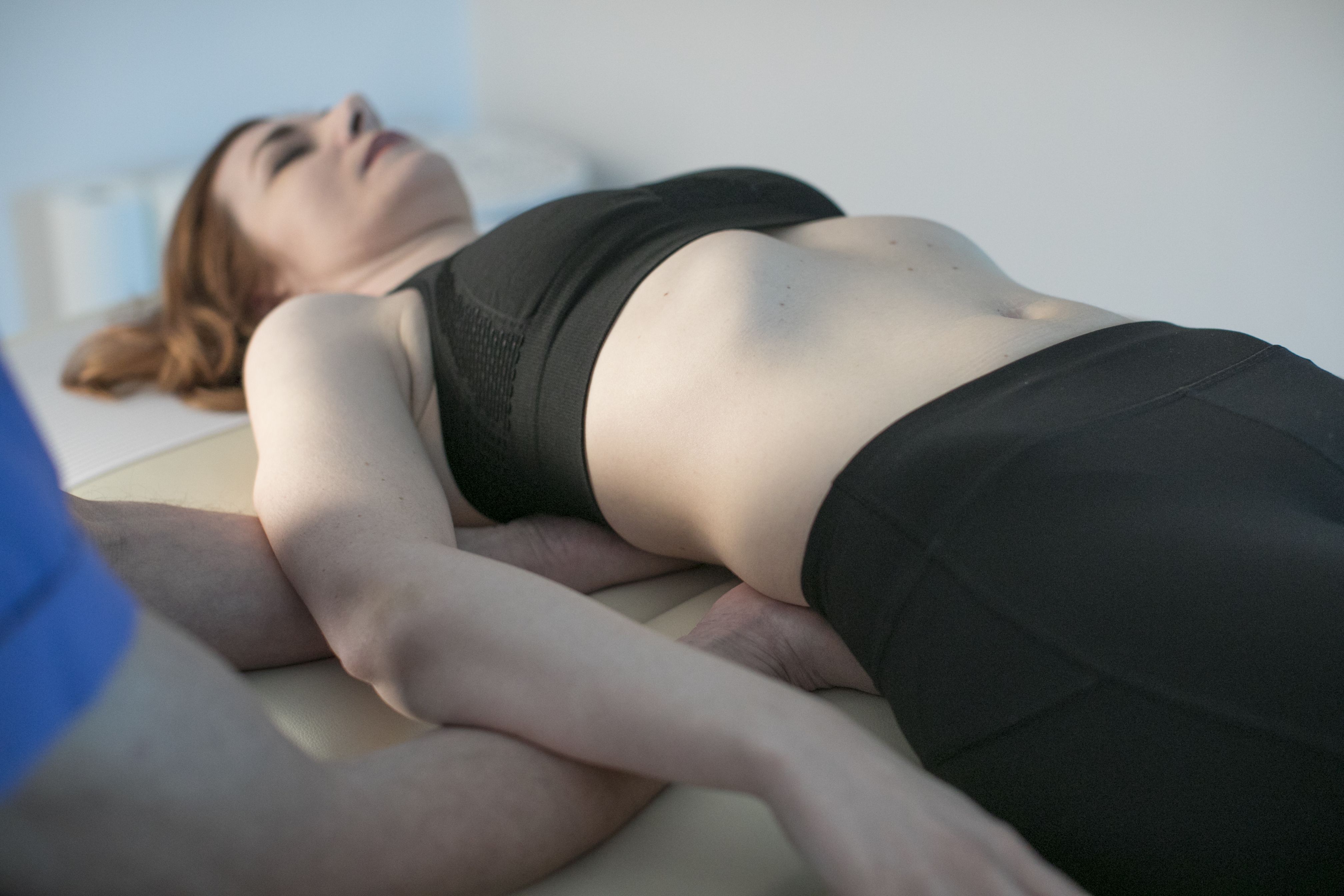What an osteopath treats
What an osteopath treats
An osteopath restores harmony and a correct movement of the body’s musculoskeletal structure, but that’s not all. It can be applied to other problems regarding hips, shoulders, knees, ankles, skulls, mouths, visceral organs, vertebrae (such as lumbar pain, neck pain, back pain, temporomandibular joint dysfunction, headaches, digestive disorders, pre and post natal issues, sports injuries etc…)
In the whole body there are no portions that work independently; abnormal structures or functions of a portion of the body exert unfavorable influences on other parts and therefore on the body as a whole. The body has self-regulating mechanisms and also has an inherent ability to defend itself and self heal.
The movement of body fluids is essential for maintaining good health; this means that an adequate function of all body organs depends on integrating the forces of the nervous and circulatory system. “Good blood” (artery law) is needed in order to have good tissues; a flow of “fresh” blood must therefore be constant, and so a continual control through nerve impulses must be carried out..
The osteopath will not address an organic system or a structure at the expense of another, but will evaluate the body as a whole, taking the patient into account and not the illness. His/her main diagnostic and therapeutic tool is his or her hands. Manipulation is the first tool for treating dysfunctions in an osteopathic field.
Osteopathy can be related to many other branches of medicine: Pediatrics – Dentistry – Gynecology – Otolaryngology – Orthopedics – Neurology – Ophthalmology – Gastroenterology – Cardiology – Endocrinology – Pneumology – Urology – Sport Trauma. It then fits and integrates responsibly into a specific interdisciplinary medical context and handles patients in a competent and informed manner providing an adequate response to the needs and care for patients.
Osteopathy has been recognized in Italy as a health profession since 22nd December 2017


